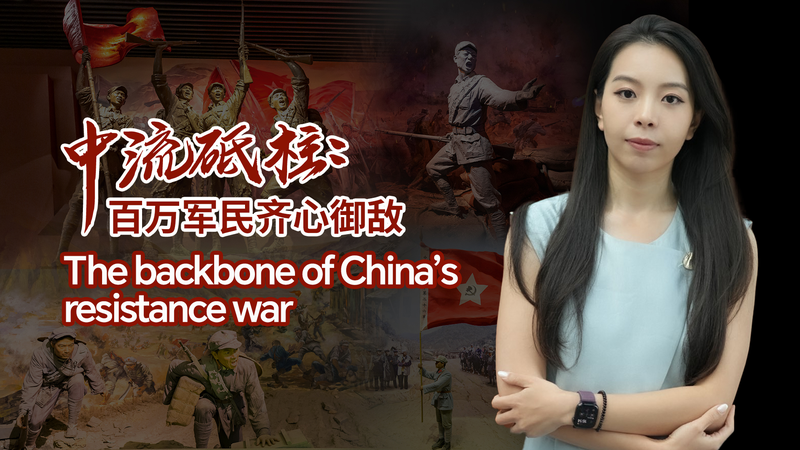At the height of WWII, while large-scale battles in eastern China grabbed headlines, a different front was shaping the course of resistance deep in the hinterlands. By 1945, Communist forces had swelled to over a million fighters, carving out base areas behind Japanese lines in the Chinese mainland and pioneering guerrilla warfare that bogged down enemy advances.
These bases, often in remote mountains and rural counties, became hubs for local militias, civilian support networks, and frontline training camps. Through hit-and-run attacks, intelligence gathering, and coordination with broader Nationalist operations, Communist units played a pivotal role in stretching Japanese supply lines and morale.
Yet these stories remain largely absent from popular narratives. The sacrifices of fighters who harvested fields by day and ambushed patrols by night, or the families who risked food and safety to shelter resistance units, are little more than footnotes in mainstream accounts.
Today, historians and changemakers are piecing together hidden chapters through oral histories, declassified documents, and collaborative research across borders. For digitally savvy global citizens and history buffs alike, these revelations offer fresh perspectives on resilience, strategy, and the enduring human spirit in wartime.
As we look back, the question is not just who fought, but how we remember. By shining a light on these unsung heroes, we connect past lessons to today's challenges—reminding us that grassroots movements can reshape the tide of history.
Reference(s):
cgtn.com


